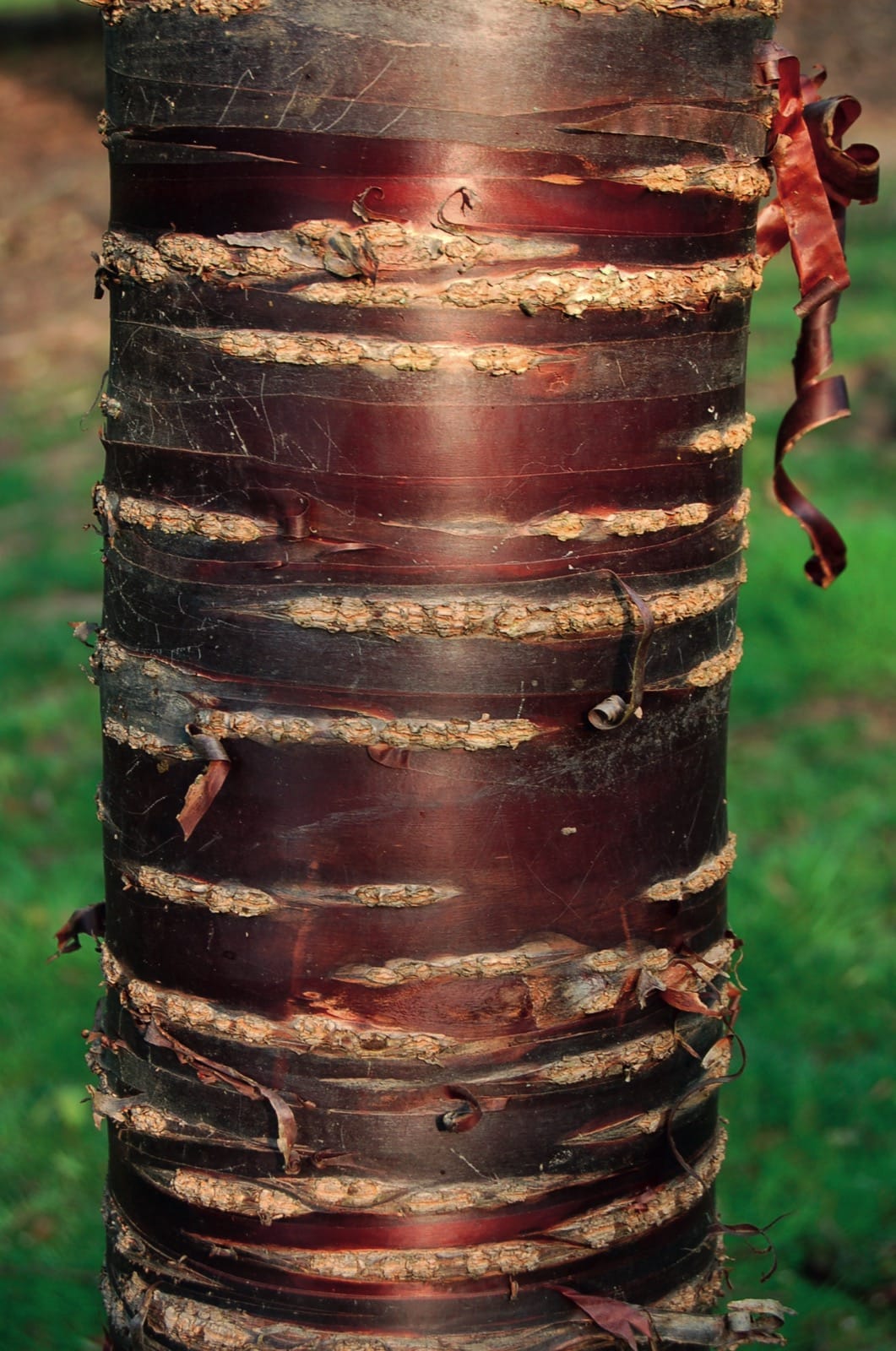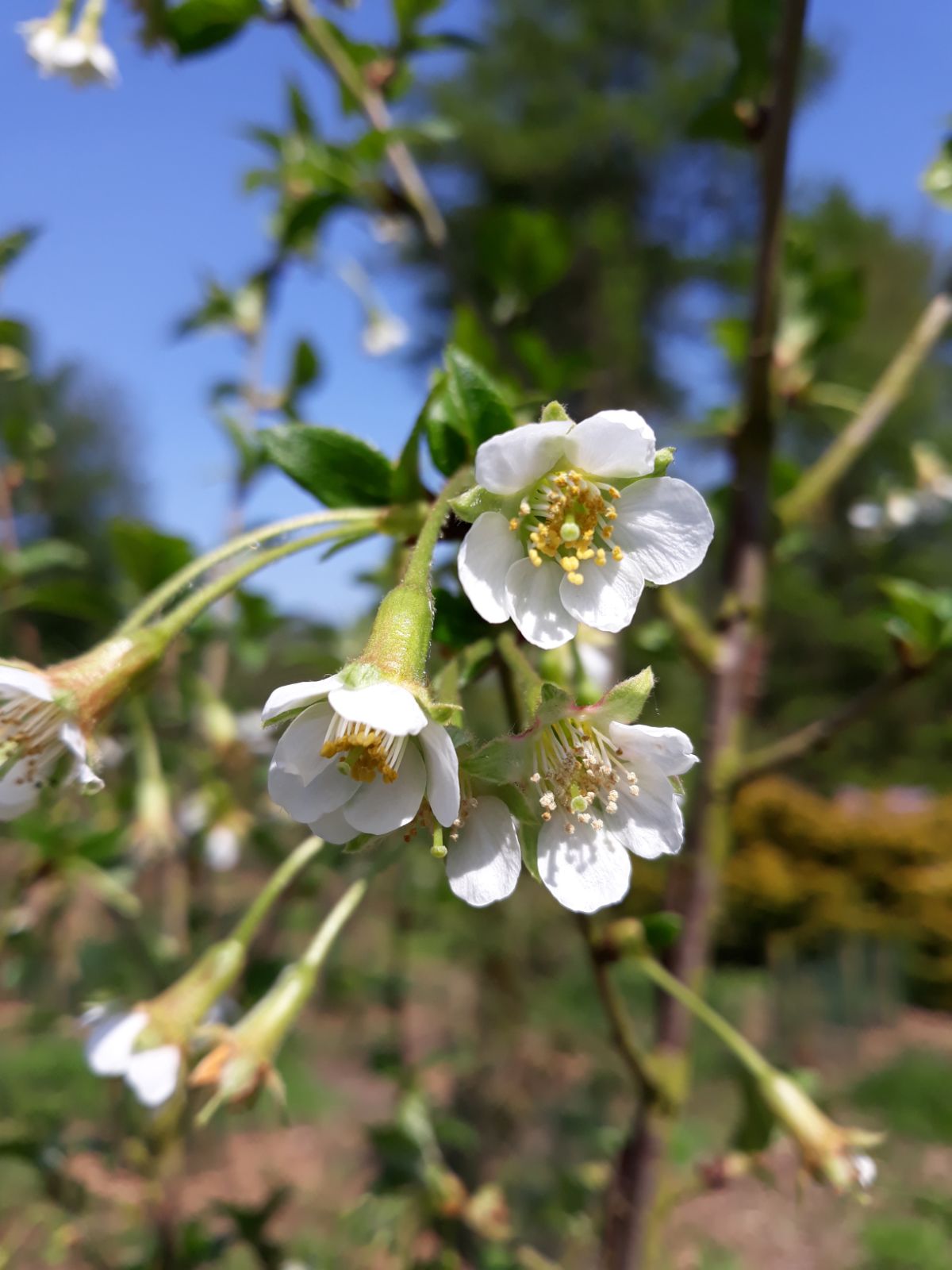Prunus himalaica
Credits
Article from New Trees by John Grimshaw & Ross Bayton
Recommended citation
'Prunus himalaica' from the website Trees and Shrubs Online (treesandshrubsonline.
Genus
Other taxa in genus
- Prunus alleghaniensis
- Prunus americana
- Prunus × amygdalo-persica
- Prunus amygdalus
- Prunus angustifolia
- Prunus apetala
- Prunus arabica
- Prunus argentea
- Prunus armeniaca
- Prunus avium
- Prunus besseyi
- Prunus brigantina
- Prunus campanulata
- Prunus canescens
- Prunus cantabrigiensis
- Prunus cerasifera
- Prunus cerasus
- Prunus cocomilia
- Prunus concinna
- Prunus conradinae
- Prunus consociiflora
- Prunus cornuta
- Prunus cuthbertii
- Prunus dasycarpa
- Prunus davidiana
- Prunus × dawyckensis
- Prunus dielsiana
- Prunus domestica
- Prunus dulcis
- Prunus emarginata
- Prunus × fontanesiana
- Prunus fruticosa
- Prunus glandulosa
- Prunus grayana
- Prunus hortulana
- Prunus humilis
- Prunus ilicifolia
- Prunus incana
- Prunus incisa
- Prunus jacquemontii
- Prunus kansuensis
- Prunus lannesiana
- Prunus laurocerasus
- Prunus litigiosa
- Prunus lusitanica
- Prunus maackii
- Prunus mahaleb
- Prunus maritima
- Prunus maximowiczii
- Prunus microcarpa
- Prunus mira
- Prunus mugus
- Prunus mume
- Prunus nigra
- Prunus nipponica
- Prunus orthosepala
- Prunus padus
- Prunus pensylvanica
- Prunus persica
- Prunus pilosiuscula
- Prunus prostrata
- Prunus pumila
- Prunus rufa
- Prunus salicina
- Prunus sargentii
- Prunus serotina
- Prunus serrula
- Prunus serrulata
- Prunus sibirica
- Prunus × sieboldii
- Prunus simonii
- Prunus sogdiana
- Prunus speciosa
- Prunus spinosa
- Prunus ssiori
- Prunus subcordata
- Prunus subhirtella
- Prunus takesimensis
- Prunus tangutica
- Prunus tenella
- Prunus tomentosa
- Prunus triloba
- Prunus virginiana
- Prunus × yedoensis
Shrub or tree to 5 m (or more). Branchlets purplish, with dense reddish brown pubescence. Leaves deciduous, 6–8 × 4–5 cm, elliptic, upper surface bright green with minute hairs, lower surface pale green with dense brown hairs on the veins, 9–13 secondary veins on each side of the midrib, margin biserrate, apex caudate to acuminate, base rounded; petiole ~1 cm long, pubescent. Inflorescence umbellate with one to two flowers on pubescent pedicels 3.5–4.5 cm long. Flowers pale pink; hypanthium 1 cm long, glabrous, sepals ovate and glandular-serrate, 0.4 cm long, stamens ~45. Drupe a small cherry (details unrecorded). Kitamura 1954, Schilling 2007. Distribution NEPAL. Habitat Approx. 3900 m asl. USDA Hardiness Zone 7. Conservation status Not evaluated. Illustration Schilling 2007; NT661. Cross-reference S398. Taxonomic note This species is evidently closely related to the Chinese P. serrula and the Himalayan P. rufa, but was distinguished from the latter by Kitamura (1954) on the basis of having a biserrated leaf with a rounded base. Schilling (2007) notes that P. rufa is pubescent only along the midrib and veins and only while the leaf is young, unlike P. himalaica in which pubescence is more extensive, and persistent. Further collections are needed, however.
The introduction and subsequent horticultural history of Prunus himalaica has been recently recounted by Tony Schilling (2007). All trees in cultivation are descended from a single seedling collected in the Langtang Valley, Nepal in 1965, under the name Betula utilis and collection number Schilling 1138. The name was soon corrected, and the error is understandable, as the glory of P. himalaica is its dark brown, peeling bark with a distinct suggestion of the best forms of Betula utilis. It certainly rivals P. serrula for decorative effect, though it is a darker shade of brown, and like that species, should be planted in a conspicuous place where the smooth bark can be caressed. The flowers are small and the foliage unremarkable, but distinctly softly hairy, looking and feeling quite different to that of P. serrula. As it is easily propagated by cuttings (Schilling 2007) (and presumably by grafting) it has been gently spread around in British collections, and has recently been propagated for commercial release by Nick Dunn of Frank P. Matthews Ltd. The tallest specimen recorded, at 5.5 m, is at Castle Howard Arboretum, North Yorkshire; this seems to be about as big as it gets. It would be worth taking the trouble to train young trees into forming as long a single stem as possible, to maximise the effect of the bark.


